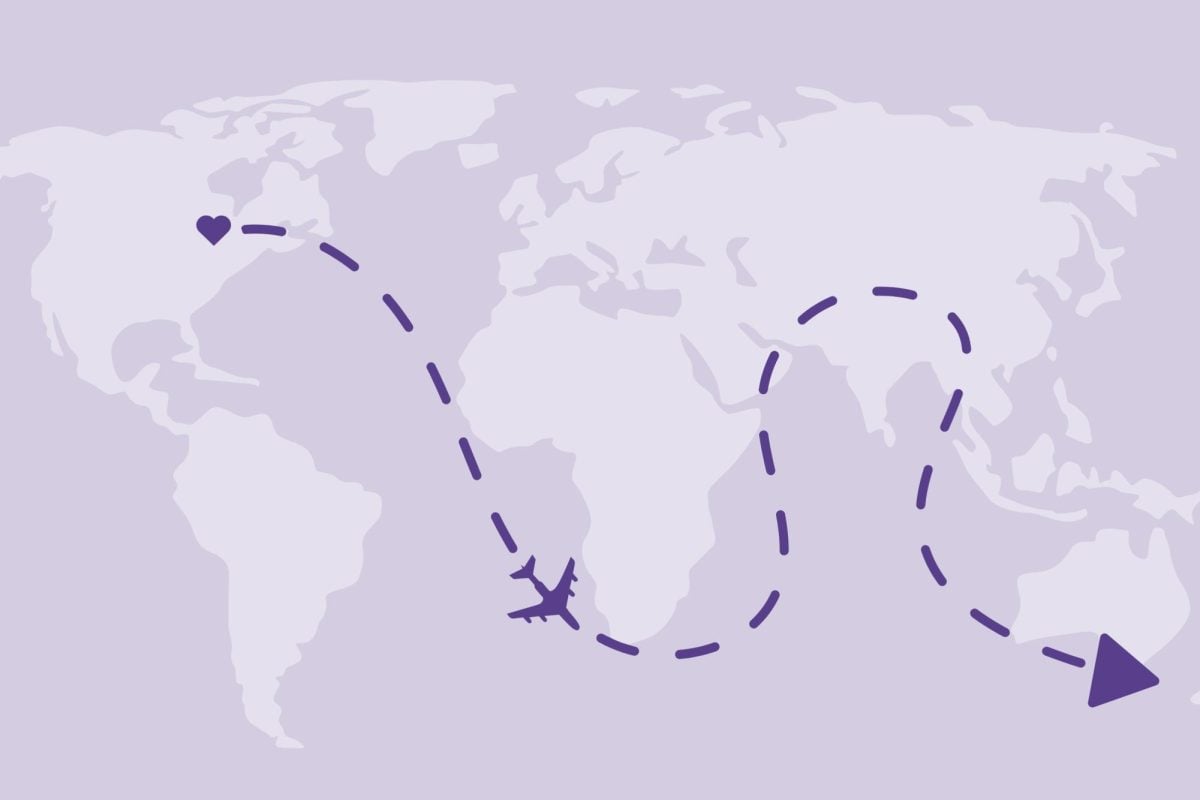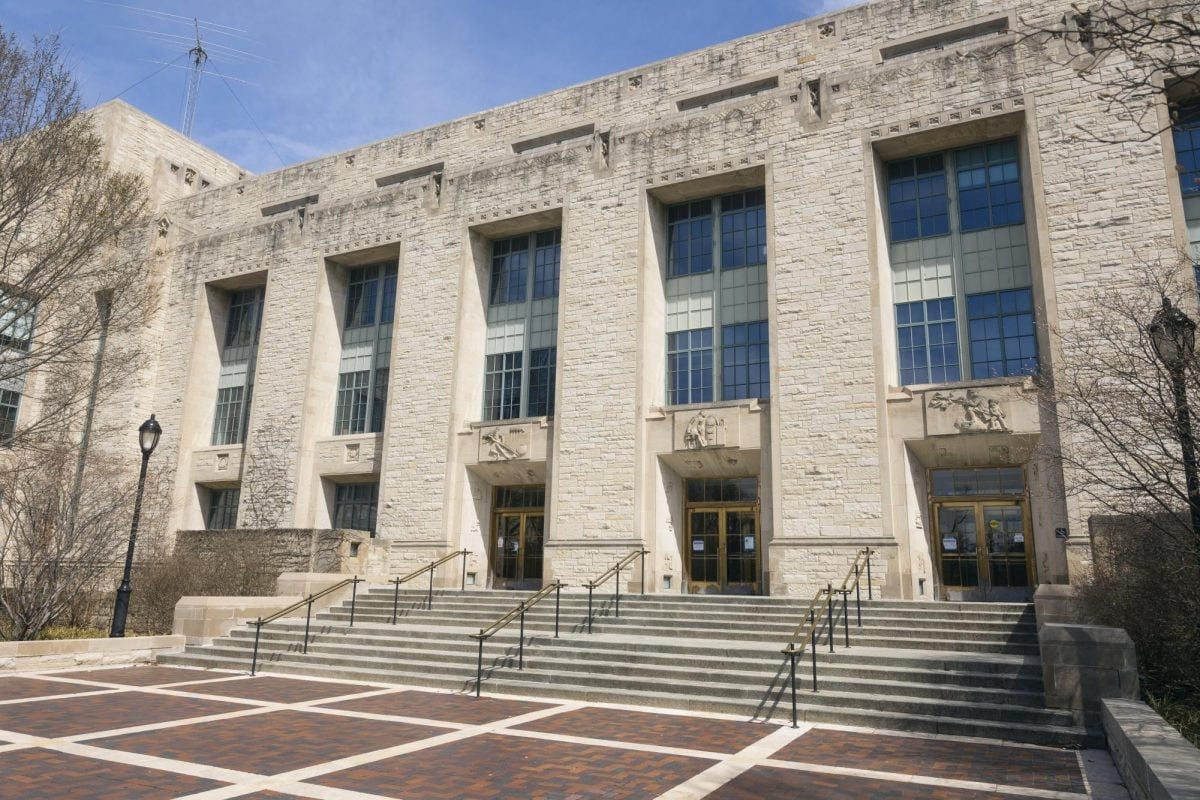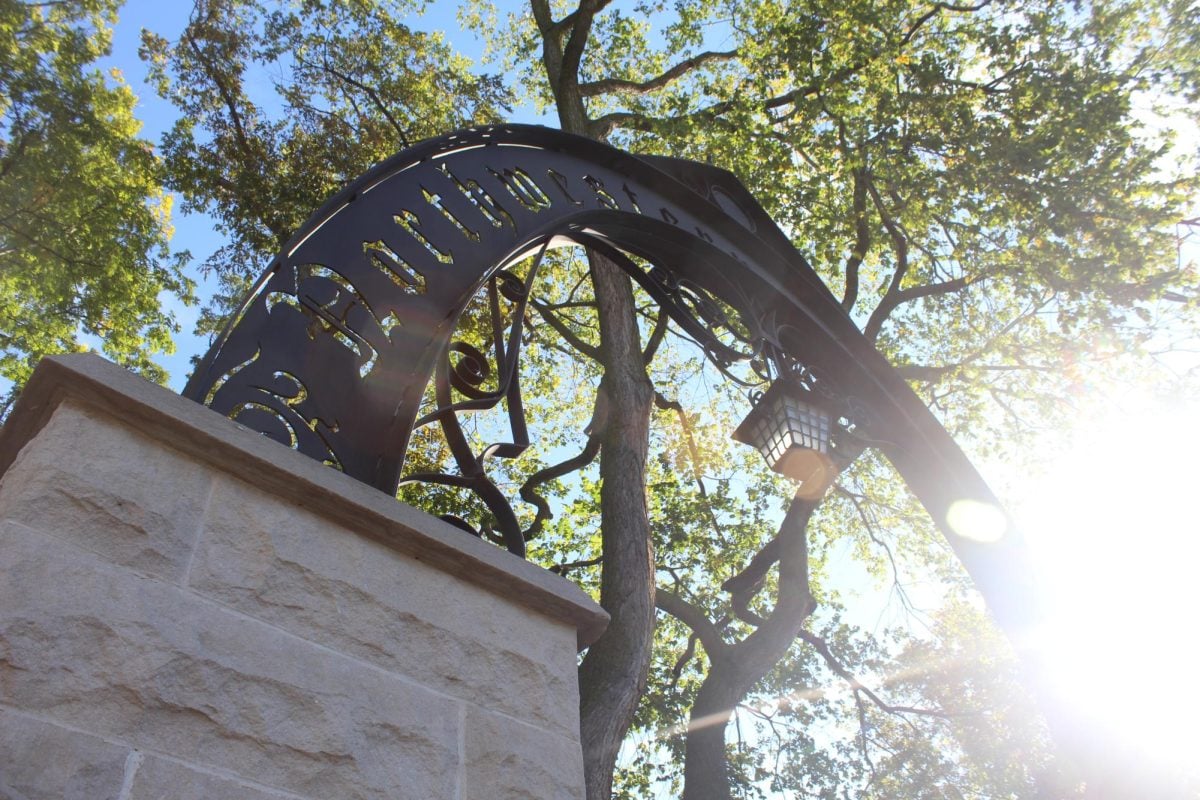A Northwestern video that tracks transportation using the “Where’s George?” Web site won first place in the non-interactive media category at the 2009 International Science and Engineering Visualization Challenge.
The video, titled “Follow the Money: Human Mobility and Effective Communities,” was produced by Daniel Grady and Christian Thiemann, two graduate students researching transportation at the McCormick School of Engineering and Applied Science.
The project tracks the movement of money across the country using “Where’s George?” data, which connects every county in the U.S., according to the video.
The students said they didn’t initially intend to enter the video in the competition.
“The timing just happened to sort of work out,” said Grady, a fourth-year McCormick graduate student.
The video was one of two winners in the non-interactive media category. The research team found out they won in October, but they weren’t allowed to disclose the results until the journal Science announced them this month.
Grady said Thiemann put in most of the work for their video. Thiemann, a visiting post-doctoral fellow from Germany, said he was surprised by the attention the project received.
“I didn’t think it was such a big thing,” he said.
The research team established a relationship with the creator of the “Where’s George?” site and gained access to its data for their video, Grady said. The Web site allows users to enter a bill’s serial number to see where it’s been.
“Of course it’s only a tiny fraction of the total number of bills in the U.S.,” said Thiemann, who added that it is “a lot of data.”
The two are attempting to track how people move across the country.
“We’re using that data to approximate the way people travel,” Grady said. “It’s most common for a person to actually move bills from place to place.”
-LARK TURNER







